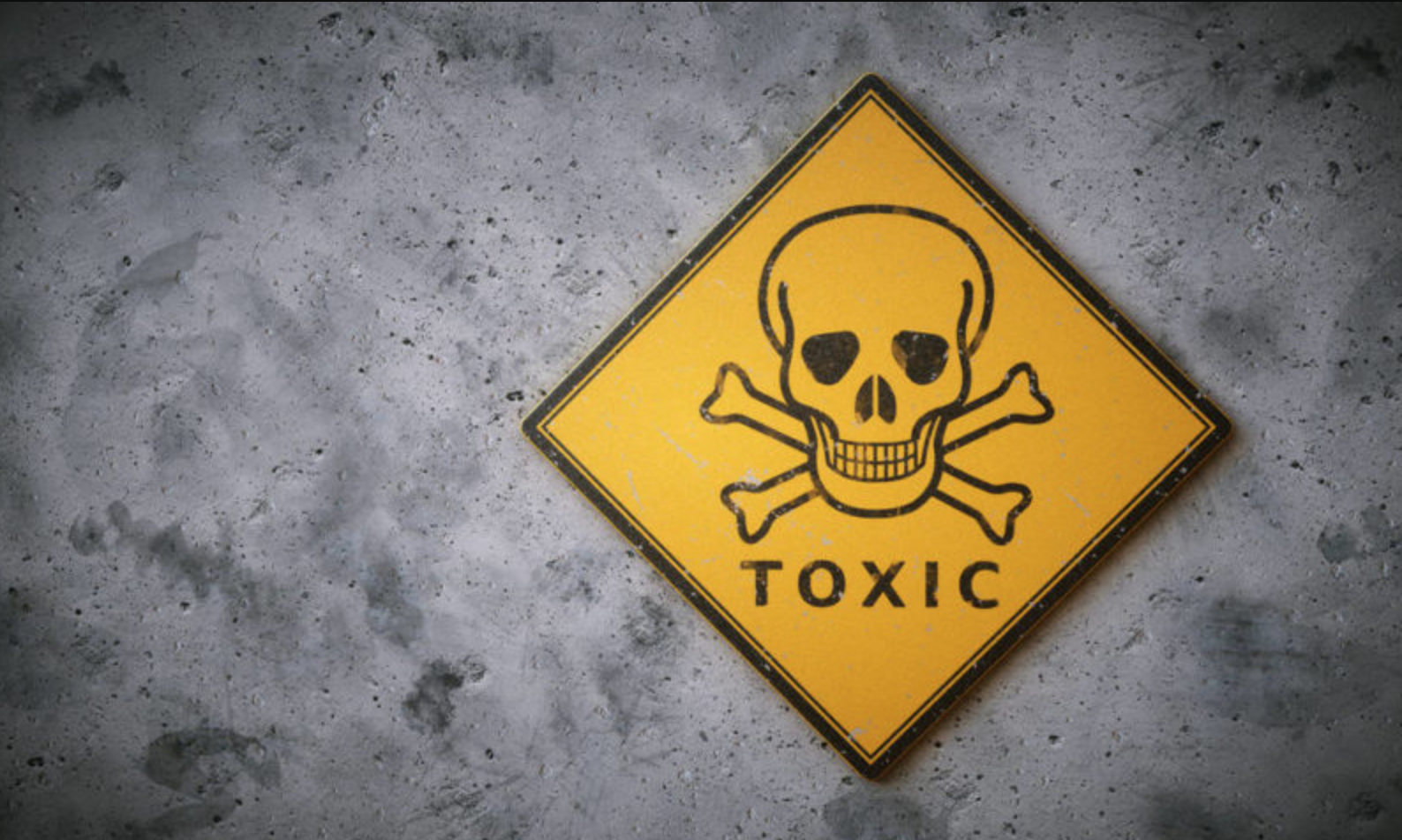Spring Cleaning: Eliminating the Toxins in Your Home

The love and care that is put into one’s home is evident. From the paint color that’s chosen to the type of flooring, the attention used in creating the perfect space is usually well thought out and planned. Unfortunately, issues can pop up that are unplanned or unforeseen. Problems within a home can seem daunting but most of the time it can be simple to find a solution. Although not every problem can be predicted, preparing oneself with the knowledge to understand some of the most common issues that may arise during homeownership and how to handle the situation is an important place to start.

Lead Paint
Although no longer used in building materials today, lead paint was once used regularly within homes without knowledge of the dangers it presented. This type of paint is still the leading cause of lead poisoning in the U.S., and can cause harm with little to no early signs or indications. A fully intact wall or ceiling using lead paint is most likely not a health hazard, but if it is chipped, sanded down, or tampered with lead particles can become airborne and pose a great threat to anyone in close proximity.
To dispose of lead paint, the safest route is hiring a professional. In order to safely remove lead paint, proper attire must be worn and certain disposal guidelines must be followed. After removing the lead paint from your home, it’s time to start fresh. However, because the lead paint may have been throughout the entirety of the house, the new paint job might be large and difficult to do on your own. Look into hiring a professionals that understand the proper tools and products that should be used throughout the process. After getting rid of a toxin like lead in a home, it’s important to avoid the issue from happening again.
Helpful tip: Lead can be found in children’s toys, and is used in the creation of plastic because it softens it and makes it more flexible. If exposed to prolonged sunlight or heat of any kind, the particles within this plastic have the ability to break down and create dust, therefore allowing lead into the air.
Pesticides
Pesticides are common around the household. Whether getting the lawn treated, spraying for insects within the home, or even on some of the food you consume, pesticides are involved in our everyday living. According to the EPA, 90 percent of fungicides, 60 percent of herbicides, and 30 percent of insecticides are known carcinogens. Pesticides may affect the nervous system, the endocrine system, skin, eyes, and create an imbalance in hormones. Exposure to pesticides on a regular basis can cause serious illness. Depending on the pesticide, and the level of toxicity, the exposure amount and risks associated with it will vary. Exposure levels can vary from touching the skin, being eaten, or inhaled.
Although pesticides do not need a proper removal method like lead paint, the best way to avoid exposure is to stop the use of them anywhere in or outside the home. There are safe pest removal options that can be used that do not include toxic products. To avoid eating foods that have been grown in an environment where pesticides have been used, choosing to buy local fresh and organic produce is an important first step to take. If possible, grow your own produce, but finding a local farmer that shares exactly what is being used on their products can help attain this goal as well. Unfortunately, personal lawn care is a large contributor to pesticides traveling inside the home too. This form of lawn treatment isn’t usually necessary, and can be avoided if need be. Pesticides are most commonly used for cosmetic reasons and may be deemed unnecessary.
Helpful tip: An easy way to ensure pesticides aren’t making their way into your home is to enforce a “no shoes” policy. Toxins of this nature can be easily transferred inside if someone has been walking on the lawn.
Asbestos
Another known carcinogen is the natural mineral, asbestos. This toxin can be found in numerous spots throughout homes and even in cars. Because of its durability and heat resistance, builders liked utilizing asbestos fibers to create long lasting products.
Although it is not used in home construction any longer, developers used asbestos until the 1970s. It was used in products such as insulation, roofing, tile flooring, electrical wiring, and can still be found in these places, as well as in the garage in a car’s brake pads. If a home was built after the 1970s it still may be important to be aware of the dangers of asbestos, as it is still used in many consumer products today. It can be found in older appliances like toasters, crockpots, and even some hair dryer brands. Most notably, the use of talc powder, which may contain asbestos, is still used in makeup products as well as baby powder which is currently seen in the news today as a poison affecting many American homes.
Some of these products can easily be removed from the home, such as throwing out old appliances and swapping out makeup products for clean ones, but if asbestos is within the walls of a home or in roofing shingles, it is important to hire a professional for the removal process. If someone does not know how to properly dispose of asbestos, they may put themselves in harms way for exposure.
Helpful tip: It’s important to educate oneself on the health risks that may appear after exposure to a toxin like asbestos. For example, those who make contact with asbestos may be at risk for a number of lung diseases, such as an aggressive form of cancer called mesothelioma.
A person’s home is their safe space, it can be scary to acknowledge that things within its walls may be putting them and their family members in danger. Being aware of hazards that may be lurking is the first step in making sure health and safety becomes a top priority for many years to come.










